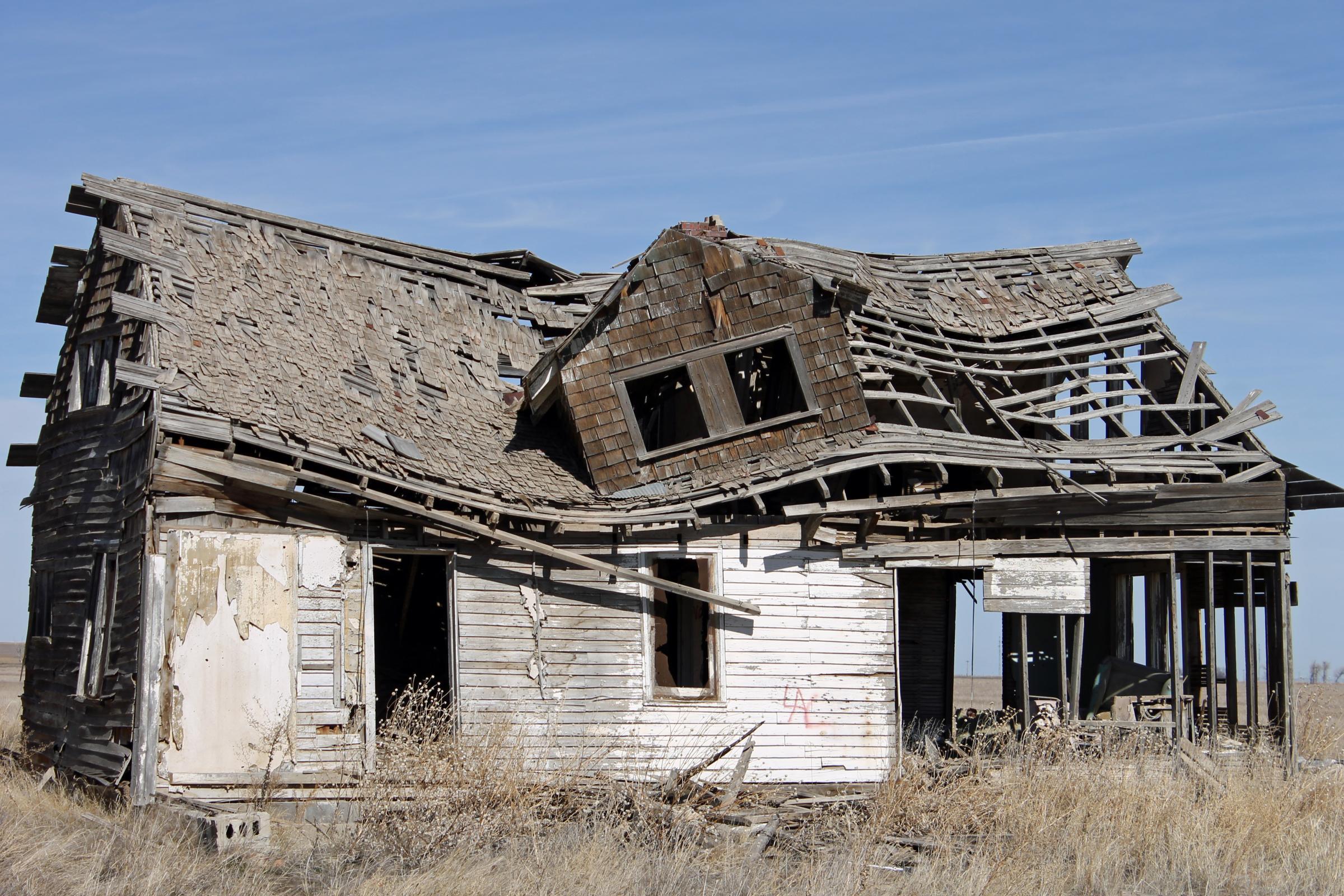
The weather may still be warm here in the Pflugerville and greater Austin area, but that doesn’t mean your home will be exempt from cold drafts this winter. Drafts are a common headache for many homeowners in the area, and the primary source isn’t necessarily what you might think.
Windows
Windows tend to be the number-one suspect when it comes to drafts, and they can contribute to a drafty home. If there are cracks and gaps along the edges of your windows, air leaks could be allowing warm air to escape and colder air to enter when it’s cold outside. When this is the case, air sealing will put an end to those air leaks. If your windows are older and less energy efficient, heat from your home may also be escaping through them during the winter.
Doors
Doors — especially entry doors — tend to be another primary suspect for causing drafts in the home. Gaps and cracks along the edges of entry doors can allow cold air to seep in during the winter, meaning your heating system has to work harder to keep your home warm. This is another instance where air sealing will help make your home more comfortable.
Your Attic: The Likely Culprit
Now on to the most likely culprit behind the drafts in your home: your attic. The attic is an often-neglected area of the home, yet it could be the number-one cause of your drafts and high energy bills. About 90% of American homes are under-insulated, and many are riddled with air leaks as well.
If this describes your attic, then heat from your home’s conditioned spaces is rising and escaping through the roof of your home. In addition, cold air is entering your home through holes and cracks to replace the warm air that escaped. When air leaks and insulation gaps are causing drafts in your home, sealing leaks and installing additional insulation will make your home much more comfortable.
Get Answers with a Home Energy Audit
If you want to assess your attic and pinpoint other areas in your home that may be contributing to drafts, a home efficiency audit is the best place to start. During a home efficiency audit, also known as a home performance audit, a professional will measure air leakage levels in your home and determine where your home needs to be air sealed and insulated. Then, you’ll receive customized recommendations on how to reduce drafts in your home. When you follow these recommendations, you can expect greater home comfort, improved energy efficiency, and savings on your energy bills.
